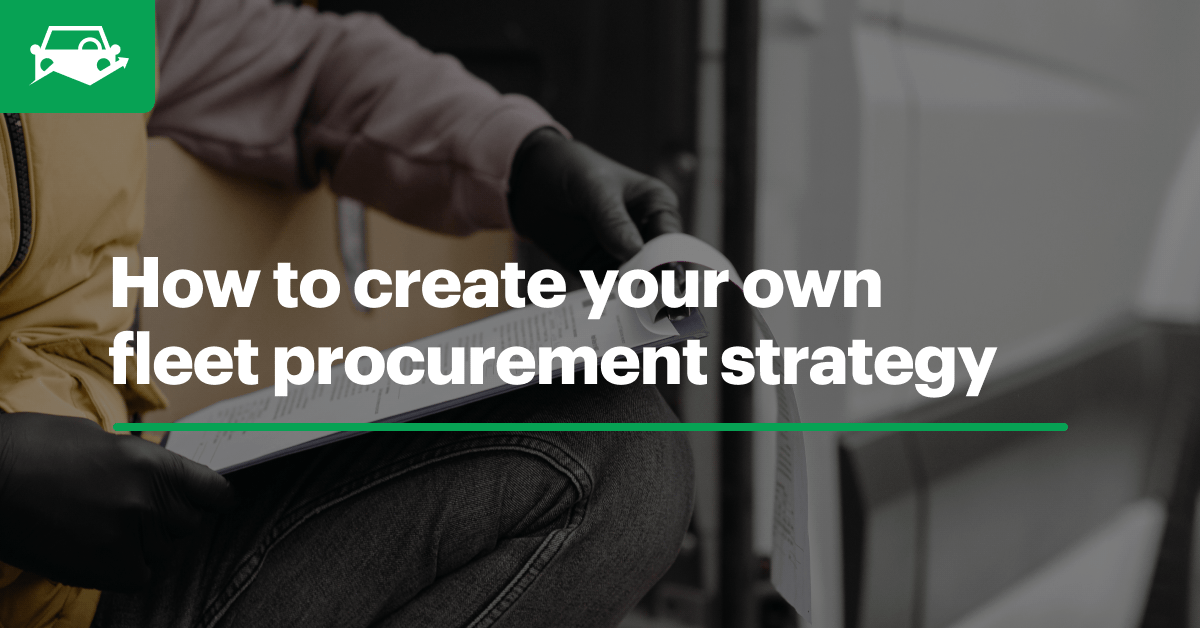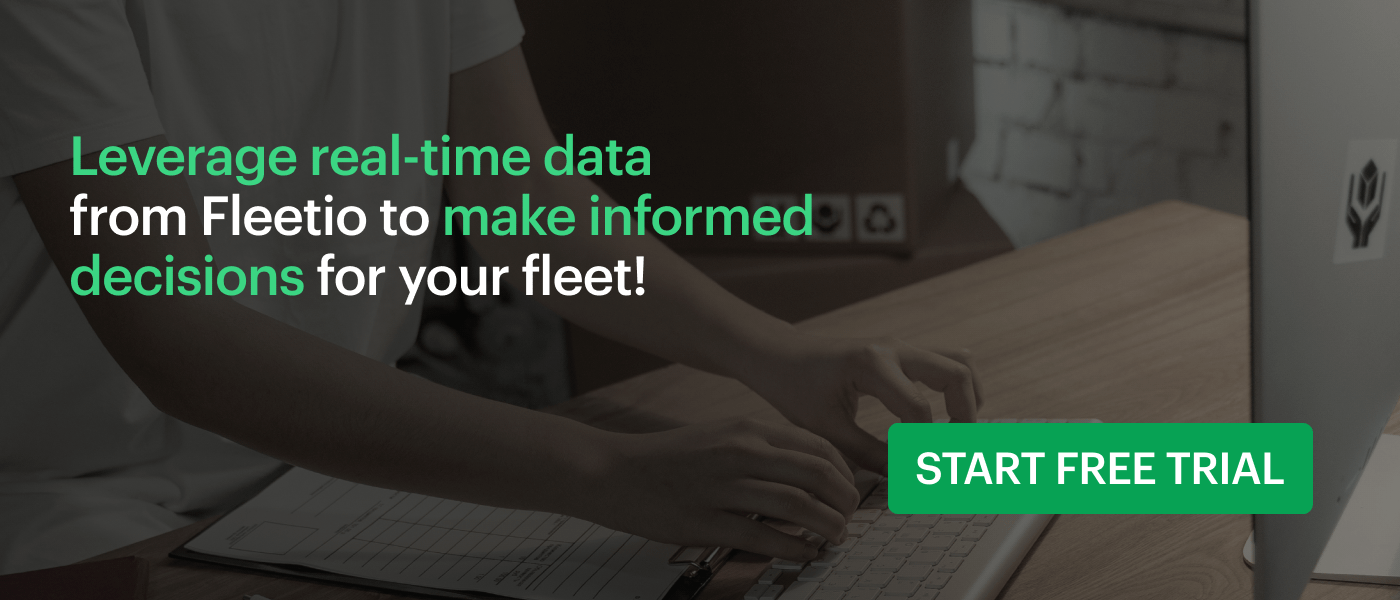The costs of purchasing a new vehicle for your fleet extend far beyond the date of purchase. By defining your procurement strategy in advance, you set your team up for significant cost savings down the road.

A procurement strategy details the entire process from identifying the vehicle needs for your fleet to the point of purchase. The more comprehensive your procurement strategy, the better your chances of decreasing your total cost of ownership.
If you’re looking to build a new procurement strategy or update your existing strategy, we’ve identified four of the most common steps to follow.
Step 1: Get input from your current drivers
Because they are using the equipment every day, your drivers are the most valuable source of information available to you. Give your drivers a platform to provide open and honest feedback about fleet needs, knowing they are the people affected the most by a bad purchase.
Ask your drivers open-ended questions to help build out the ideal profile for a new vehicle:
- What do you like about the current vehicle? What do you dislike?
- What would allow you to do your job better?
- What would be nice to have, but not required?
When you include your drivers early in the conversation, you can navigate the rest of your procurement strategy with their job in mind. And by providing your drivers with the vehicles that allow them to best do their job, you increase overall productivity and satisfaction.
Step 2: Assess your fleet’s needs
After talking to your drivers, it’s time to identify the biggest needs for your fleet. Factors to consider when building the profile of your new vehicle:
- Purpose of Vehicle – ie. Transportation, Freight, Maintenance
- Type of Vehicle – ie. Van, Pick-up Truck, Box Truck
- Style of Vehicle – ie. Crew Cab, Extended Bed, Body Length
- Ideal Quantity of Vehicles – Does your current fleet size allow you to do the job efficiently?
If your vehicle needs to be specially outfitted to perform a specific job, this is your opportunity to identify those needs. You can reduce future downtime by purchasing an already-outfitted truck or sending a new vehicle to be outfitted before adding it to your fleet.
After you have a big-picture idea of what you need, take a close look at the vehicles in your existing fleet to identify specific details that will allow you to get the most out of your new vehicle. By inspecting and assessing a vehicle, you’ll get a better idea of what’s working, what’s not working, places with the most wear, features that aren’t being used and more.
Example: The floorboard of a truck is littered with empty water bottles. If you add a water cooler rack to your checklist for future trucks and provide refillable water bottles, you can provide your team with an additional amenity and reduce waste on the job site.
Step 3: Calculate your Total Cost of Ownership (TCO)
Now that you know your specific needs for future vehicles and have narrowed down your choices to the best available options, calculate the TCO of each vehicle to determine the costs associated.
While many of the costs are fixed (taxes, licenses and permits), some factors vary by vehicle and can unlock long-term savings opportunities. Three of the most common are depreciation, fuel costs and insurance.
-
Depreciation is unavoidable and often the biggest factor in determining the TCO. New vehicles lose value the moment you drive them off the lot. However, by considering the rate of depreciation for vehicles based on vehicle type, age and duration of ownership, you have some control over the savings when it’s time to upgrade again.
Should you purchase a new or a used vehicle? A new vehicle will last longer and require less maintenance, while a used vehicle has less room for depreciation. -
Fuel Costs have long been considered a fixed cost when it comes to fleet management. In recent years, there have been major advances in hybrid and electric vehicle (EV) technology that provide managers with an opportunity to make a significant impact on the recurring costs that come with keeping their fleet moving.
If you haven’t looked at EV technology since its early iterations, it might be time to catch up on today’s best electric vehicles for fleets . -
Insurance is another major factor when determining the TCO of your new vehicle. Each insurance provider has different rating variables, many of which are outside of your control. But if you’re trying to free up some costs on your insurance, look into vehicle makes and models that have lower average premiums.
Loyalty is often rewarded for insurance providers, but sometimes you can find additional savings when you receive quotes from other providers.
When you’re managing a vehicle’s full life cycle, vehicle replacement and disposal is a huge part of the equation in addition to procurement. To help calculate the optimal time to replace vehicles, we’ve developed a free vehicle replacement calculator .
Step 4: Choose the right partner
All of the steps up to this point can be useless if you work with the wrong people. It’s important to have an objective mindset and do extensive research on each of the providers you examine. The goal is to develop a relationship with a fleet provider who can help you source vehicles for many years to come.
There are few things more powerful than word-of-mouth referrals. You can find somebody proven by reaching out to your industry contacts. Many people are willing to provide referrals for providers who have treated them well (or words of warning when they’ve had a negative experience).
Step 5: Start tracking your fleet today
It’s likely that the best vehicle for your fleet today won’t be the best vehicle for your fleet in several years. Your procurement strategy should rely on up-to-date data so you can continue to make the best decision for your team.
By adding your existing vehicles into a fleet management software like Fleetio, you can easily keep track of the many factors that go into the total cost of ownership.
Needing real-time fleet data to support your vehicle management decisions? Start a free trial of Fleetio or request a demo today!




